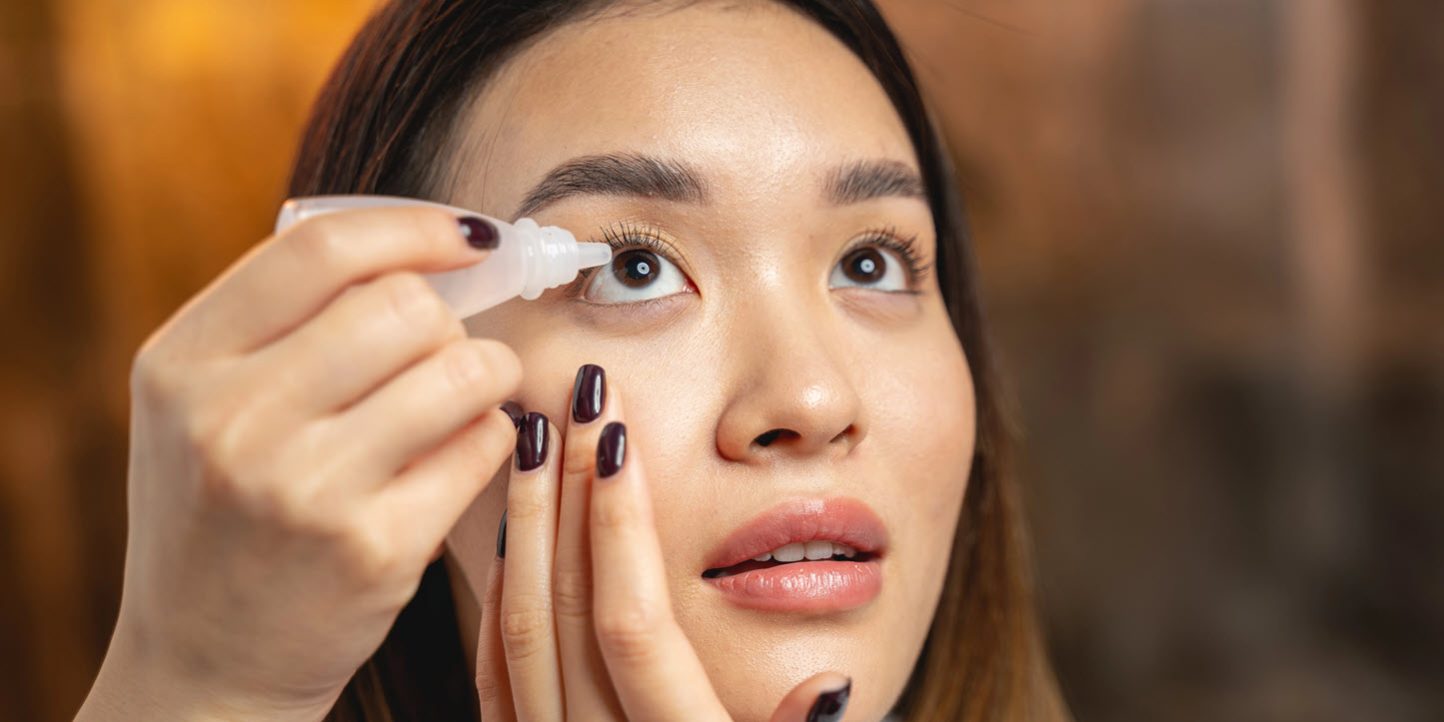What Is Dry Eye? Understanding the Causes, Symptoms, and How to Find Relief
Do your eyes often feel dry, irritated, or gritty? You might be experiencing dry eye syndrome, a common condition that affects millions of people—but often goes undiagnosed or untreated. Let’s take a closer look at what causes dry eye, the symptoms to watch for, and why it matters for your long-term eye health.
What Is Dry Eye Syndrome?
Dry Eye Syndrome, medically known as keratoconjunctivitis sicca, is a common condition that occurs when the eyes are unable to maintain a healthy tear film. This can happen for two main reasons:
- Insufficient tear production – Your eyes do not produce enough tears to keep the surface of the eye adequately lubricated.
- Poor tear quality – The tears produced lack the proper balance of water, oils, and mucus, causing them to evaporate too quickly or fail to spread evenly across the eye surface.
Meibomian Gland Dysfunction and Rosacea
Two often overlooked contributors to dry eye are:
- Meibomian Gland Dysfunction (MGD): These oil-secreting glands along the eyelid margins help stabilize the tear film. When they become blocked or inflamed, the tear film evaporates too quickly, leading to dryness, irritation, and inflammation. MGD is one of the most common causes of evaporative dry eye.
- Ocular Rosacea: This chronic skin condition doesn’t just affect the face—it can also inflame the eyes and eyelids, disrupting oil production and worsening dry eye symptoms. Patients with facial rosacea are more likely to experience dry eye symptoms due to inflammation of the meibomian glands.
What Causes Dry Eye?
Dry eye is caused by a variety of factors, some of which are related to lifestyle or environment, while others stem from underlying health conditions. Common causes include:
- Aging – Tear production naturally decreases with age, especially after 50
- Hormonal changes – Especially during pregnancy or menopause
- Long-term screen use – Less frequent blinking dries out the eye surface
- Contact lens wear – May reduce oxygen flow to the eye
- Medications – Such as antihistamines, antidepressants, or blood pressure meds
- Health conditions – Like Sjogren’s syndrome, diabetes, or thyroid disorders
- Environmental factors – Dry air, wind, smoke, or high heat
Common Symptoms of Dry Eye
Dry eye can feel different for everyone, but the most common symptoms include:
- A burning, stinging, or scratchy sensation
- Redness or irritation
- Blurred or fluctuating vision
- A sensation of something in your eye
- Light sensitivity
- Watery eyes (a paradoxical reflex to dryness)
- Eye fatigue, especially after screen use
Why It’s Important to Treat Dry Eye
Without proper treatment, dry eye can lead to:
- Chronic discomfort and poor quality of life
- Difficulty with tasks like reading, driving, or working on screens
- Increased risk of eye infections or corneal damage
The good news? Dry eye is manageable, and newer technologies like Envision by InMode are providing long-term, non-invasive solutions.
At Vina Laser Med Spa, we offer advanced dry eye treatments designed to restore comfort and protect your vision. If you’re tired of relying on eye drops or living with discomfort, schedule a consultation with our team today to explore personalized options.




